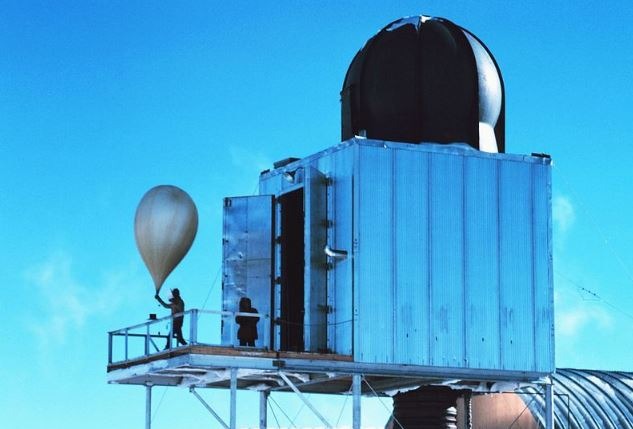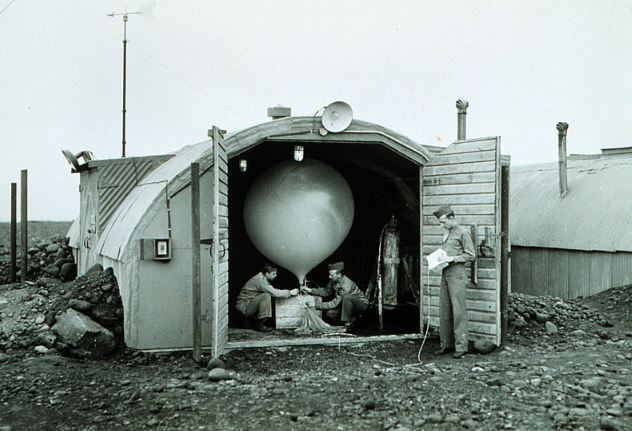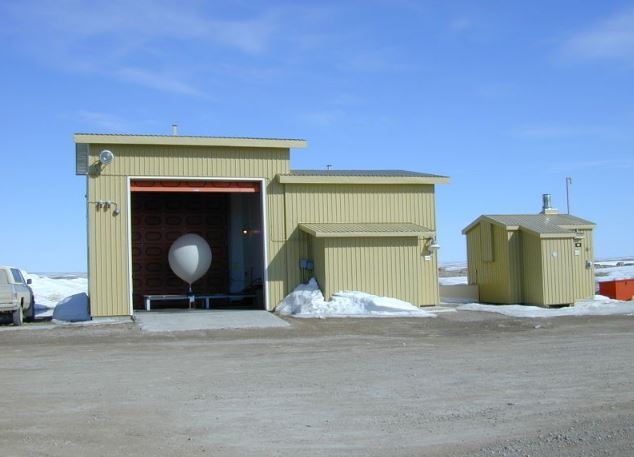Twice a day, on every single day of the year, meteorologists across the globe conduct an old tradition that has helped create forecasts for over a century – launching weather balloons. You might have seen or heard about it in weather discussions, writings, or reports.
Yet, despite being sent skyward in hundreds of weather stations worldwide, not many know what information weather balloons try to capture, what exactly they are, and how they actually function. Here, let’s know more about this sophisticated equipment and why they remain valuable in modern meteorological forecasting.
Information Collected By A Weather Balloon
A weather balloon, also called a sounding balloon, is a piece of equipment that carries an expendable measuring device regarded as a radiosonde. Within an hour upon its release from the surface, it can reach a height between 60,000 and 105,000 feet. That’s more than doubling the height airplanes typically fly.
Such high altitude makes weather balloons possible to collect weather information that no other device could, making them indispensable for meteorologists globally. Among the information that they send back include:
- Air Temperature
- Relative Humidity
- Wind Speed
- Wind Direction
- Atmospheric Pressure
- Cloud Type
- Geopotential Height, and
- GPS Location
All these crucial data are utilized not only for determining current weather conditions and forecasting but also for critical research projects and studies in aviation, marine, climate change, and air pollution. It’s no surprise that even more than a century after being first launched, they continue to be used on a wide scale to collect important meteorological measurements.
Weather Balloons: Appearance and Construction
Looking at a weather balloon or simply glancing at it for the first time may let anyone think it’s a typical balloon, but only incredibly larger. Though they indeed look similar, some things make a weather balloon unique and allow them to perform its job.
Weather balloons are usually created from highly tough and flexible latex material, a natural substance found and obtained in many plants. Once naturally extracted, it’s placed in a mold to take the shape of a balloon and cured. They are normally available in a transparent or white color, though they may also come in blue, yellow, red, or the natural latex tan.
Sizes of weather balloons vary, usually ranging from 2.5 to 8 feet (0.76 to 2.43 meters) in diameter. The weight of the equipment to be carried and altitude the balloon needs to reach determines the size of the weather balloon to be used.
Usually, the thickness of the weather balloons’ latex skin stays the same, regardless of the size. As for the shape, they will appear oval while deflated on the ground, but will turn round as it ascends and expands.
At the bottom, the battery-powered telemetry instrument called radiosonde is tied. It will be responsible for measuring different atmospheric parameters, which it will then transmit back on the ground through radio.
Weather Balloons: How They Work
To fly, the weather balloons are filled with helium or hydrogen, and then sent skyward from a designated, appropriate launch site. The launch area is usually a wide open area where there’s no risk of it hitting tall, vertical objects like electrical towers, skyscrapers, or mountains.
There are around 900 to 1,300 locations worldwide that routinely release weather balloons. Launches happen two to four times each day, usually around 0000 UTC and 1200 UTC. In the United States, 92 weather stations release weather balloons twice a day, totalling to 67,160 weather balloons released annually in the country alone.
As the balloon rises into the Earth’s atmosphere, it will continue to collect data and send it back through the radiosonde. It features an antenna that permits transmission back to the weather facility. Typically, a weather balloon records 1,000 to 1,500 readings. All information collected is inputted into a computer, which is then linked to a system that meteorologists use and analyze to prepare local and national weather forecasts.
With its ascent, the pressure in the air decreases, causing the air inside the weather balloon to expand up to 20 feet or 6 meters in diameter or from a large yoga ball to half the size of a bus. It will continue to rise and expand until its latex skin can no longer be stretched further.
At that point, the weather balloon will just literally explode. All in all, the weather balloon’s life cycle only lasts about 2 hours after its release.
After it pops, it will descend back to Earth. A mini orange parachute is connected to the radiosonde to slow down and guide it on its descent back on the ground. It usually takes many hours. Moreover, the device won’t go back to its original launch site and are usually found hundreds of miles further.
The addition of the parachute is important in trying to preserve the radiosonde. Approximately, one radiosonde costs around $200 per device. So, saving as many radiosondes as possible to be reconditioned and reused will help save a considerable amount in cost.
Sadly, only a quarter of all the radiosondes launched are found and returned for reconditioning and reuse. If you ever pitch upon one of these devices, all you need to do is to contact your national weather agency for more information on how to return the device.
Final Words
Weather balloons may look outdated, but this equipment partnered with the newer, cutting-edge radiosondes remains reliable for many agencies around the world. Their operation and function is simple, yet the amount of information they collect on what’s happening in the Earth’s atmosphere is unparalleled, being unable to be provided by any other device we have today.
Though it also seems implausible given their simplicity, thanks to these weather balloons our meteorologists are able to draft their daily forecasts and issue warnings and alerts. Thus, we’re able to hear weather reports on the 6 o’clock news, plan our activities ahead or prepare for weather disasters before they start.




